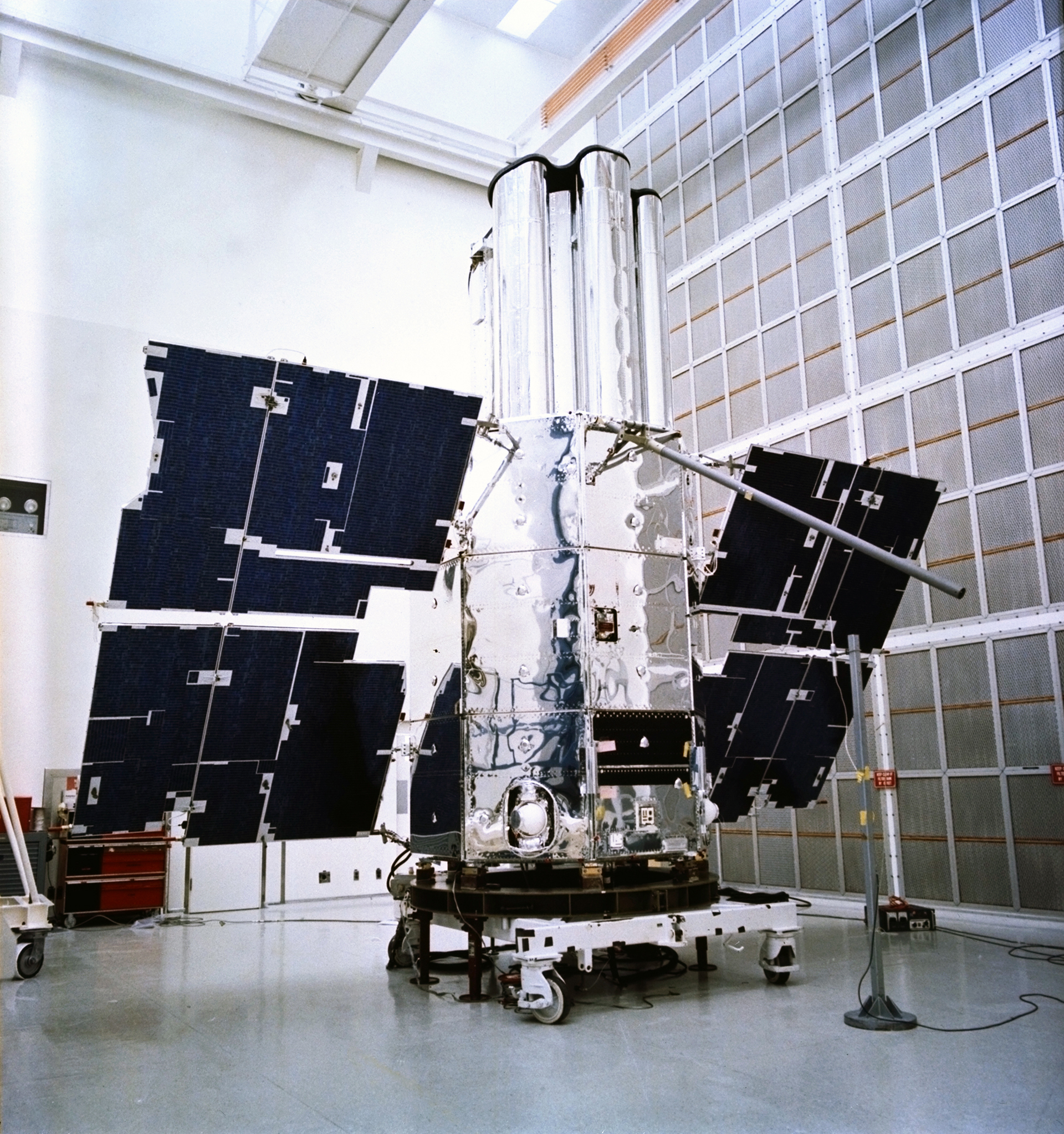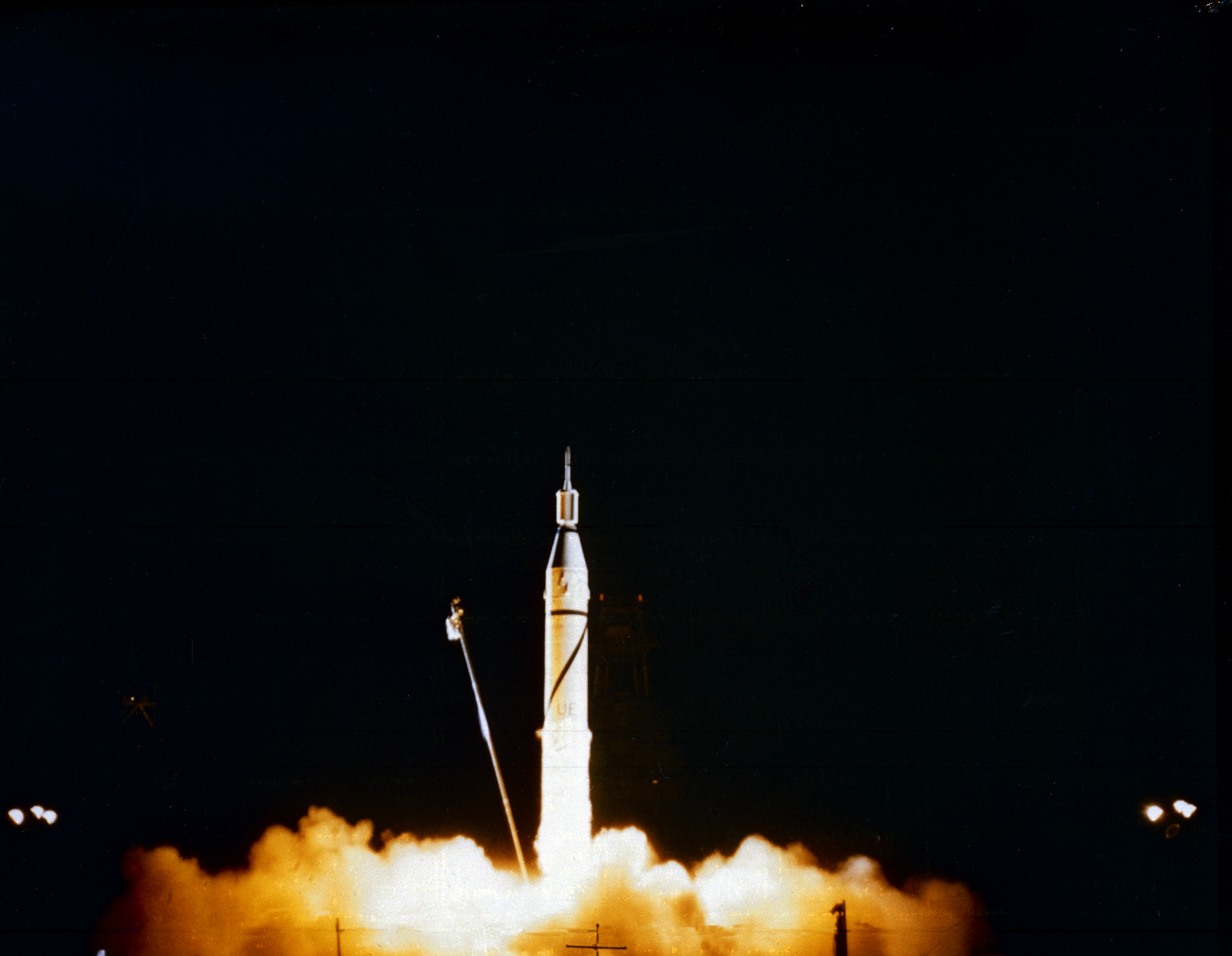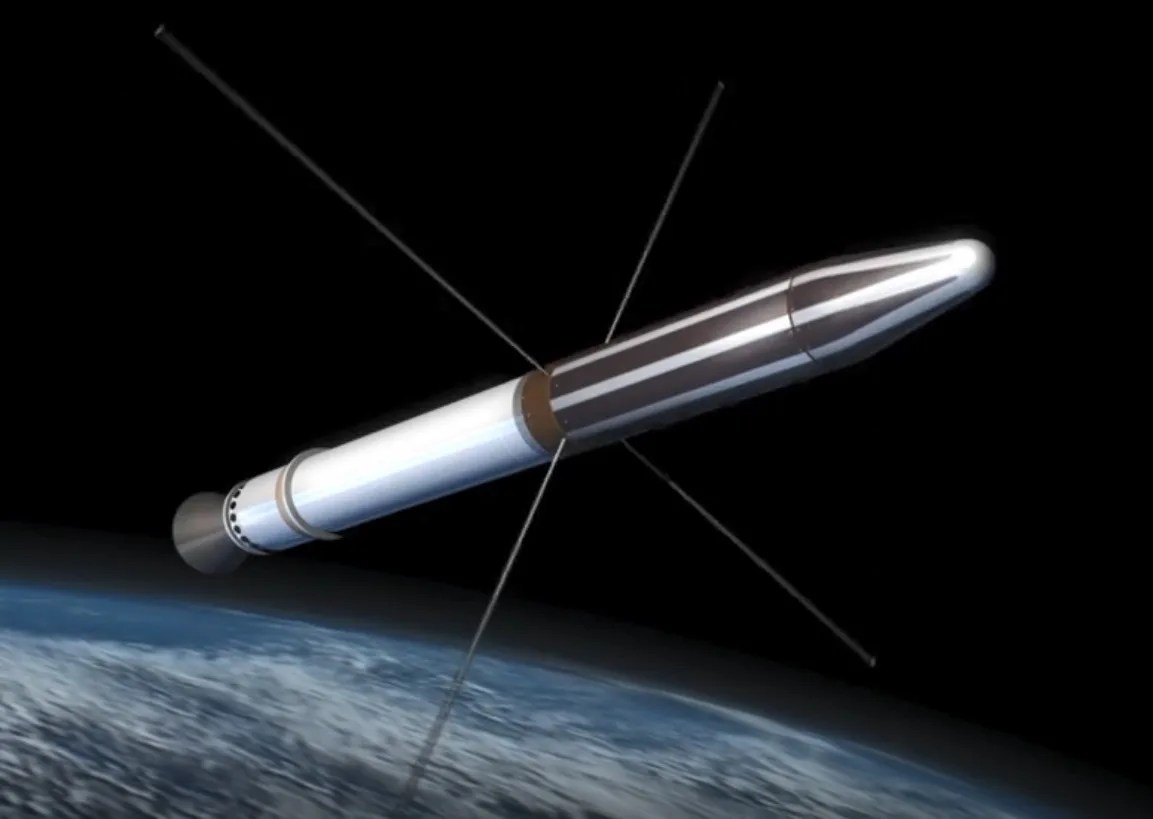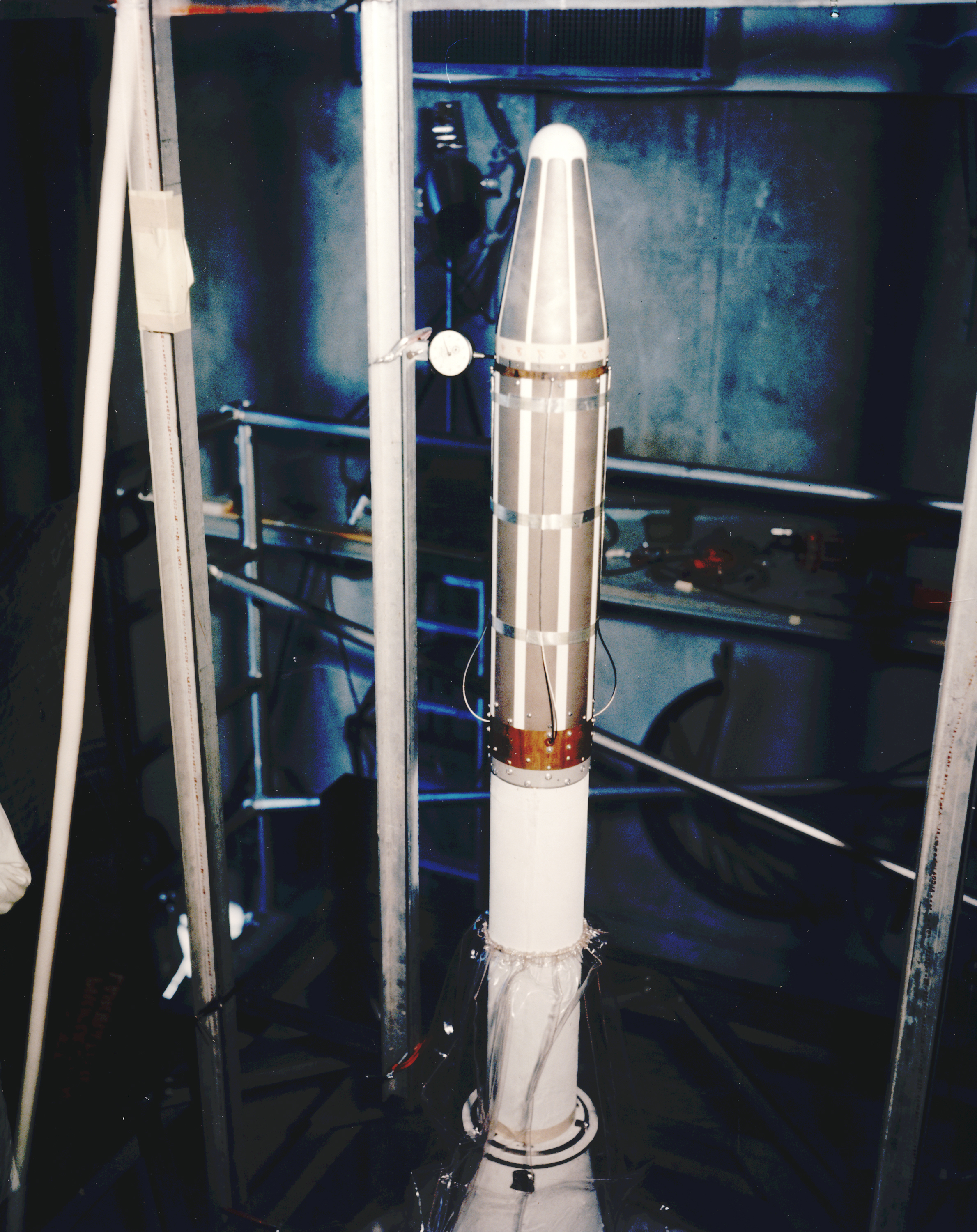Explorer 33
Type
Launch
Target
Objective
NASA's Explorer 33 was supposed to be the first U.S. spacecraft to orbit the Moon but the second stage accelerated too rapidly. Mission planners adopted an alternate mission and put the spacecraft into a highly elliptical Earth orbit that allowed it to come within about 22,000 miles (35,000 kilometers) of the Moon.
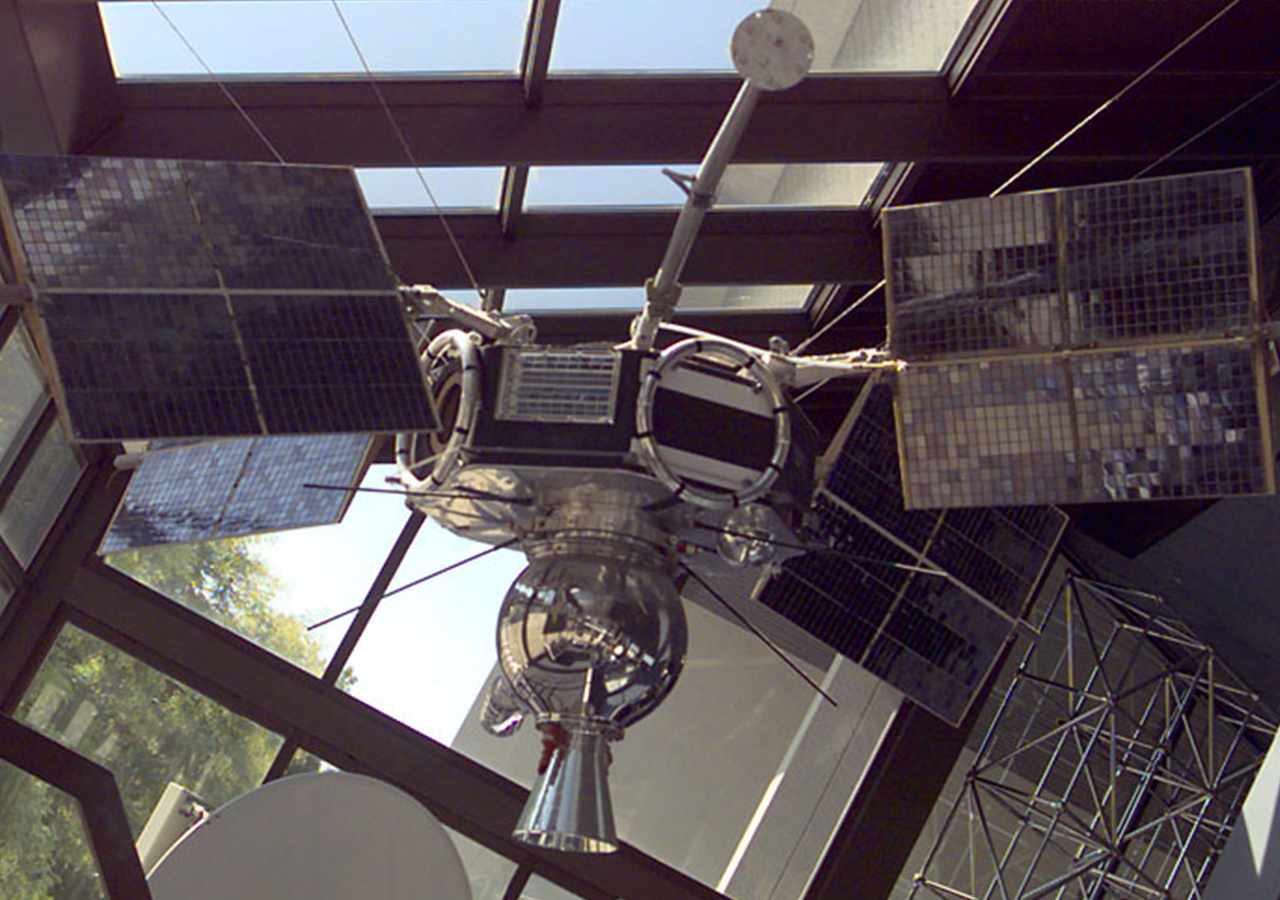
What was Explorer 33?
NASA's Explorer 33 was supposed to be the first U.S. spacecraft to orbit the Moon but the second stage accelerated too rapidly. Mission planners adopted an alternate mission and put the spacecraft into a highly elliptical Earth orbit that allowed it to come within about 22,000 miles (35,000 kilometers) of the Moon.
Nation | United States of America (USA) |
Objective(s) | Lunar Orbit |
Spacecraft | AIMP-D |
Spacecraft Mass | 206 pounds (93.4 kilograms) |
Mission Design and Management | NASA / GSFC |
Launch Vehicle | Thor Delta E-1 (Thor Delta E-1 no. 39 / Thor no. 467/DSV-3E) |
Launch Date and Time | July 1, 1966 / 16:02:25 UT |
Launch Site | Cape Canaveral, Fla. / Launch Complex 17A |
Scientific Instruments | 1. Ionizing Radiation Experiment 2. Three-Grid Faraday Cup / Thermal Ion Experiment 3. Three GM Tubes and a PN Junction Semiconductor / Energetic Particle Experiment 4. Plasma Probe Experiment 5. Magnetometer (from Ames) 6. Magnetometer (from GSFC) 7. Solar Cell Damage Experiment |
Key Dates
July 1, 1966: Launch
Jan. 1, 1967: Mission declared a success
Sept. 15, 1971: Mission stops returning useful data
In Depth: Explorer 33
It was hoped that Explorer 33, also known as the Anchored Interplanetary Monitoring Platform (AIMP), would become the first U.S. spacecraft to enter lunar orbit (planned parameters were 800 × 4,000 miles or 1,300 × 6,440 kilometers at a 175-degree inclination), but the Thor Delta E-1 second stage accelerated too rapidly, making it impossible to achieve lunar orbit.
Instead, mission planners adopted an alternate mission that required the probe’s Thiokol TE-M-458 retro-rocket to fire about 6.5 hours after launch. Under the new plan, the spacecraft was put into a highly elliptical Earth orbit of 279,000 × 19,000 miles (449,174 × 30,550 kilometers) at a 28.9-degree inclination. In this orbit, Explorer 33 was high enough to be perturbed by the Moon’s gravitation.
In its new orbit, Explorer 33 approached the Moon on its very first orbit to a distance of 22,000 miles (35,000 kilometers) with subsequent close approaches in Sept., Nov., and Dec. 1966 varying from 25,000 to 37,000 miles (40,000 to 60,000 kilometers).
During this time, the probe returned key data on Earth’s magnetic tail, the interplanetary magnetic field, and radiation. In January 1967, Goddard Space Flight Center engineers used an electric “screwdriver” to restore power to the spacecraft after a temporary blackout. The emergency repair was the most remote repair carried out on a spacecraft to date.
The mission was declared a success by Jan. 1, 1967, and the spacecraft continued to return useful data until Sept. 15, 1971.
Sources
Siddiqi, Asif A. Beyond Earth: A Chronicle of Deep Space Exploration, 1958-2016. NASA History Program Office, 2018.
NASA Space Science Data Coordinated Archive (NSSDCA): Explorer 33

